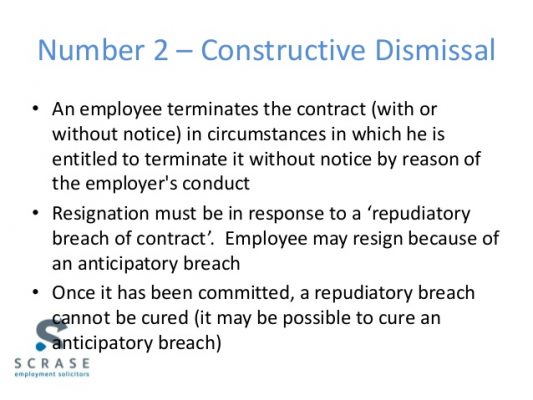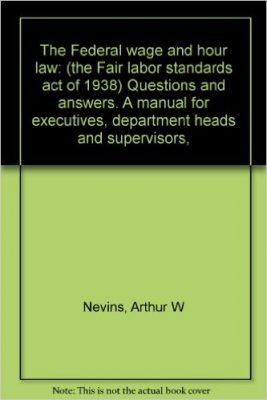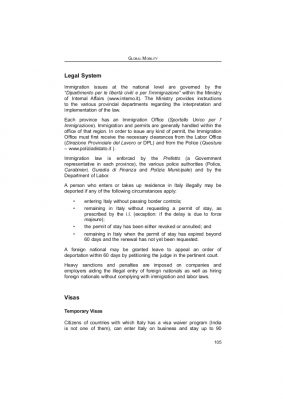In Australia, if an employee is terminated unlawfully, then the business can be exposed to various types of claims including unfair dismissal, general protections, or discrimination claims. Therefore, it is important to make sure that the procedures are followed correctly when dismissing an employee.
Valid Reason An employer must have a valid reason to dismiss an employee. An employee should be notified of the reason for their dismissal before their employment is terminated. It is best practice to either sit down with the and advise the of the reason, or send written correspondence to the setting out the reasons before the dismissal occurs. An often relied on reason for termination is redundancy.
Redundancy occurs when the employee’s position is no longer required to be performed by anyone. Redundancy is about removing the position and not about removing the employee. The business must also ensure that the redundancy is a genuine redundancy and a sham redundancy.
The business must also ensure that they consult with the beforehand and also look for alternative work that the may be suited to perform before terminating the for redundancy. Another reason is dismissal for poor performance. Before an is dismissed for this reason, an employee must be given a reasonable opportunity to improve. This often means that the should be put on a performance improvement plan, and the must be advised on what they are doing wrong and how to improve it. A business should not act with too much haste in terminating an employee who is performing poorly.
However, if the employee has been with the business for less than six months, then the is not covered by unfair dismissal laws, and their employment can be terminated without giving the employee a proper opportunity to improve. This often is applicable in cases where the is on probation.
However, if the business is relying on this type of dismissal, it is important to ensure that this dismissal only relates to performance and it does not relate to any other issue which may be unlawful. For example, it is unlawful to terminate an because they have made a complaint regarding their employment (which is known as exercising your workplace right). Another common reason for termination is misconduct. Misconduct can take various forms and can be further classified into serious misconduct or regular misconduct.
Serious misconduct is usually an act that is done intentionally, and is often more than just a mere error of judgment.It is misconduct of such a serious nature that it would be unreasonable to continue the employment relationship. Serious misconduct includes things such as stealing from the employer, swearing at the employer, or assaulting the staff.
Regular misconduct includes other wrongdoing by the employee. Serious misconduct allows the employee to be terminated without notice. In the case of regular misconduct, the employee must be given notice before they are terminated. Opportunity to Respond The must be given an opportunity to respond before they are dismissed. This is usually done by having a meeting with and giving all the proposed reasons the business intends to rely on to terminate their employment. In other words, give the an opportunity to have their say.
This can be done at a meeting, or alternatively, this can be done after the meeting, where puts in a written response addressing the proposed reasons. The business should not make the definitive decision to terminate the employee before they have given the employee a chance to respond.
Document Everything It is important that the business documents everything. The reason for this is that if the matter proceeds to a hearing, then it can be difficult to establish what was said if it is not in writing. After each important meeting, it is good practice to send a summary of what occurred at that meeting to the them. Support Person If the employee requests a support person, then the business must allow that support person to be present at the meeting. It should also be noted that the support person is not an advocate of the but simply attends for moral support. The support person is not authorised to speak on the behalf.
Nicholas Marouchak is a writer across several reputed industrial web posts. He writes for many online journals and portals that are related to Perth Employment Lawyers










